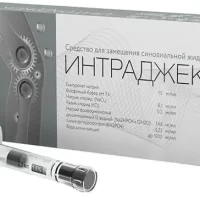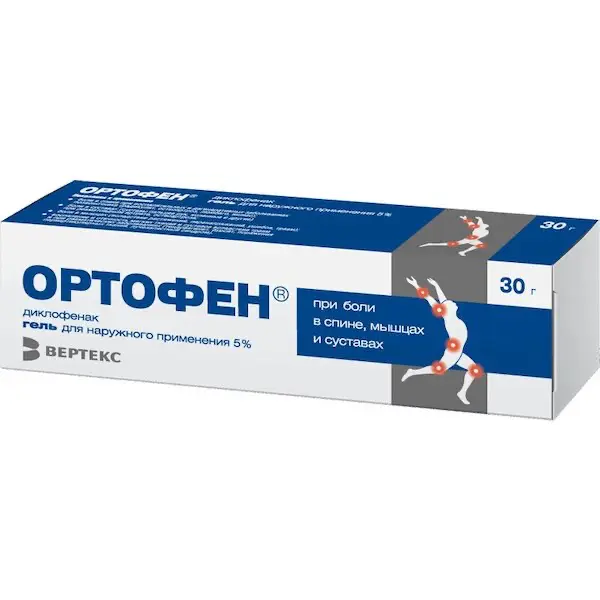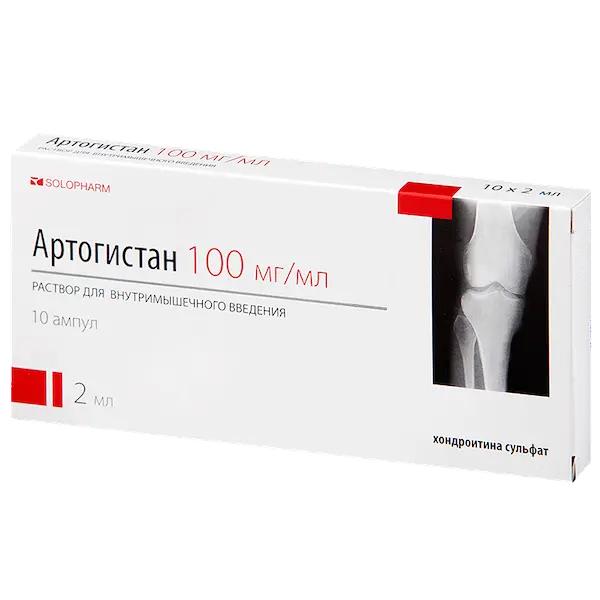Description
Indomethacin Pharmacodynamics
NSAID, derivative of indoleacetic acid. It has anti-inflammatory, analgesic and antipyretic effects. The mechanism of action is associated with inhibition of COX enzyme, which leads to inhibition of prostaglandin synthesis from arachidonic acid.
Inhibits platelet aggregation.
When administered orally and parenterally it relieves pain, especially joint pain at rest and on the move, reduces morning stiffness and joint swelling, increases range of motion. Anti-inflammatory effect develops by the end of the first week of treatment.
When applied topically, it eliminates pain, reduces swelling and erythema.
When applied externally, it also helps to reduce morning stiffness and increase range of motion.
Indications
– Diseases of the musculoskeletal system: rheumatoid arthritis, psoriatic arthritis, ankylosing spondylitis, osteoarthritis of peripheral joints and the spine, low back pain;
– muscle pain of rheumatic and non-rheumatic origin;
– Traumatic soft tissue injuries
Contraindications
– Hypersensitivity to indomethacin, other NSAIDs, or other components of the drug;
– Gastric and duodenal ulcer (acute stage);
– hypocoagulation;
– pregnancy and lactation;
– Childhood (under 14 years);
– Skin integrity disorders.
Precautions: concomitant use of the drug with other NSAIDs, bronchial asthma, allergic rhinitis, nasal polyps
Dosage and administration
- The ointment is rubbed into painful areas of the body with a thin layer 2-3 times A single dose for adults is 4-5 cm of the ointment squeezed out of a tube, and for children over 14 years – 2-2.5 cm.
- Daily dosage should not exceed 15 cm for adults and 7.5 cm for children.





